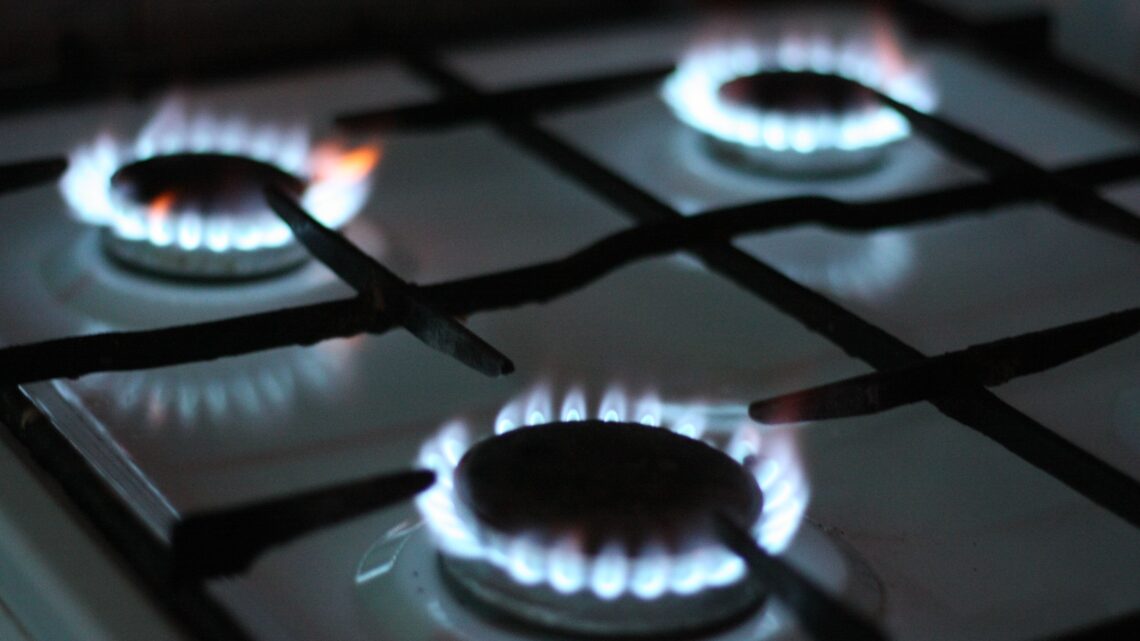A typical, functional kitchen includes a few necessities : in addition to things like toasters, coffee makers, and microwaves, it’s absolutely integral to have both a fridge and a stove .
When it comes to stoves, there are three common varieties: electric coil, induction, and gas. Preferences will vary on which one is better, but a growing body of evidence suggests that gas stoves might not be healthy.
Which type of stove do you prefer?

Electric stoves are versatile, because they don’t require a gas connection. But gas stoves are satisfying: they fire up immediately and give us visual evidence that our food is cooking. Most people with gas hookups opt for a gas stove .
Induction stoves are growing in popularity.

They utilize electricity, but are quite different from traditional electrical coil stoves. Induction stoves use magnets and electricity to heat things up quickly without the need of an electric coil or gas line connection.
Do gas stoves leak?

According to the California Air Resources Board , gas stoves have a tendency to pollute while they’re operating — no surprise as they’re releasing gas into an indoor environment. More surprisingly, though, these stoves also release pollutants while they’re turned off.
What gases are released?

A gas stove can release many pollutants, but one of the main ones is nitrogen dioxide, NO₂. People exposed to NO₂ in their home are more likely to develop severe asthma , which means that gas stoves are not a good option in homes with kids who have respiratory issues.
Your location matters.

It’s been found that indoor nitrogen dioxide levels can vary depending on geographic location. One study found that about half of the homes polled in Southern California violated health standards for nitrogen dioxide levels. This is largely because of gas stoves polluting the indoor environment.
The indoor environment makes a big difference.

One gas stove emits a fraction of the pollutants that a bunch of cars on the highway might pump out. The critical difference is that the outdoor environment is full of fresh air. Pumping pollutants into a sealed house has a more damaging effect.
Let’s talk about methane.

Gas stoves also emit methane , even when they’re not in use. Methane has an artificial ‘rotten eggs’ smell designed to alert people to high levels, but some people might not be able to smell it. This means that a stove emitting high methane levels might not be detectable, particularly for people who’ve lost their sense of smell due to COVID-19.
Methane is not good for you.

Small amounts are okay, but steady exposure to the gas can expose people to benzene , which can cause cancer. It’s easy to see how living in a home with a gas stove for years or decades might be cause for concern.
What are the options?

Based on the evidence, it seems that electric stoves are less dangerous. But if you have a gas stove, there are a few things you can do, mostly relating to air circulation. Consider running your hood fan or cracking the windows while you’re cooking.
There are incentives to getting rid of gas stoves.
This will of course vary based on where you live, but there are initiatives in place that offer rebates to anyone switching to a more efficient stove.
Do you have a gas or electric stove? Let us know about the pros and cons — and your thoughts on this story — in the comments.















































